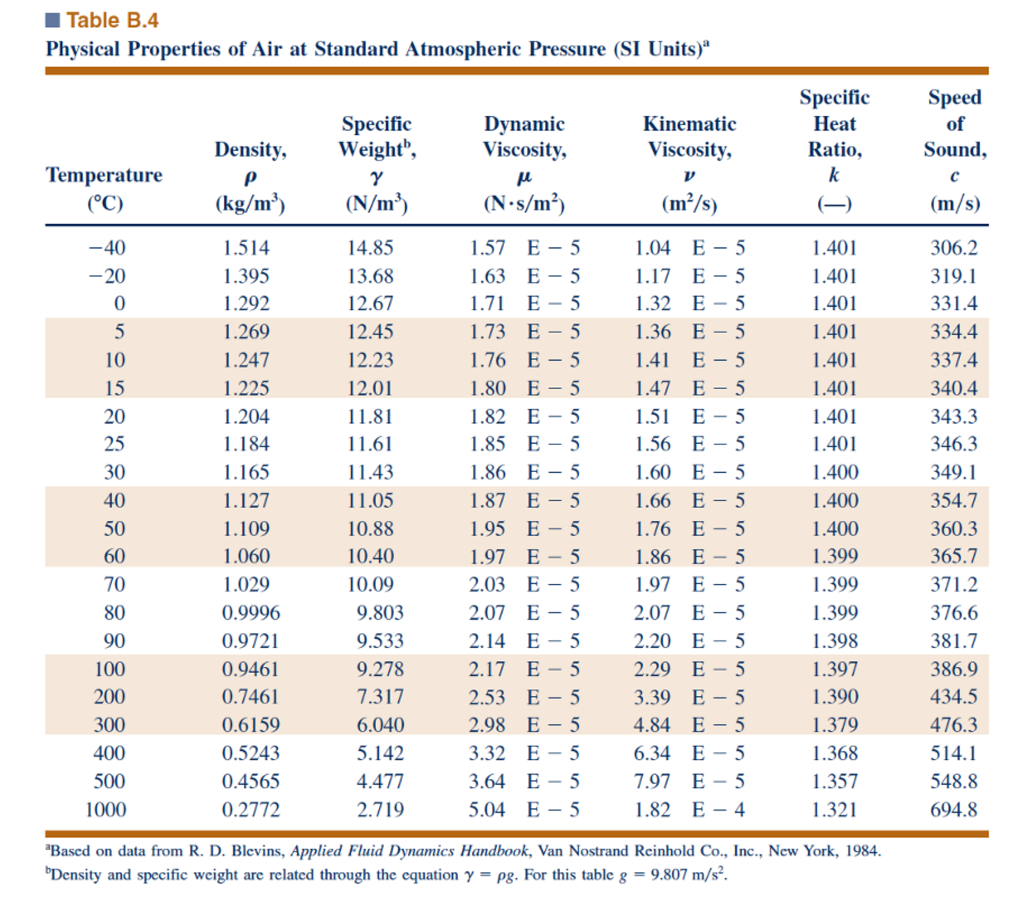

Relative or Specific viscosity is the ratio of dynamic viscosity of any fluid to the dynamic viscosity of water at 20☌. In case of gases, it increases with increase in temperature. In case of liquids, kinematic viscosity decreases with increase in temperature. Likewise kinematic viscosity also involves the magnitudes of length and rime only. The name kinematic viscosity has been given to the ratio (µ/p) because kinematics is defined as the study of motion without regard to the cause of motion and it concerned with length and time only. The kinematic viscosity ( v) viscosity is defined as the ratio of dynamic viscosity to mass density. Dynamic Viscosity (μ):Īs explained earlier, the dynamic viscosity (μ) is defined as the shear stress required causing unit rate of shear deformation. Its unit can be derived asĭu/dy – is the rate of shear deformation or rate of shear strain. Μ (Mu) is the constant of proportionality or co-efficient of dynamic viscosity or Viscosity Unit.

A fluid layer at a distance of y from surface moves with a velocity of `u’ and a layer at a distance of dy from y moves with a velocity of u+du.Īccording to Newton’s law of viscosity the shear force, F acting between two layers of fluid is proportional to difference in their velocities du and area A of the plate and inversely proportional to the distance dy between them. The plate moves with a velocity U by a force F as shown in fig 1.2. The space in between is filled with a fluid. Viscosity increases with increase in temperature in case of gases whereas it decreases in case of liquid.Ĭonsider, a plate is placed at a distance of ‘Y’ from the fixed surface.

Viscosity can also be defined as the property of a fluid due to which it offers resistance to the movement of one layer of fluid over another adjacent layer.


 0 kommentar(er)
0 kommentar(er)
